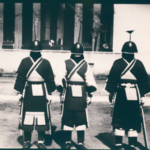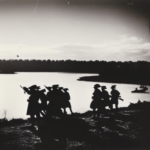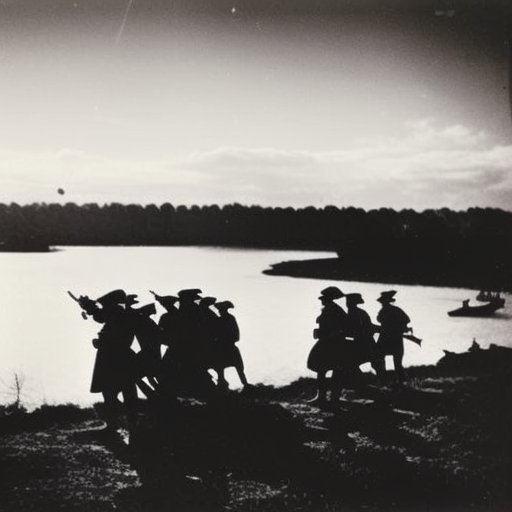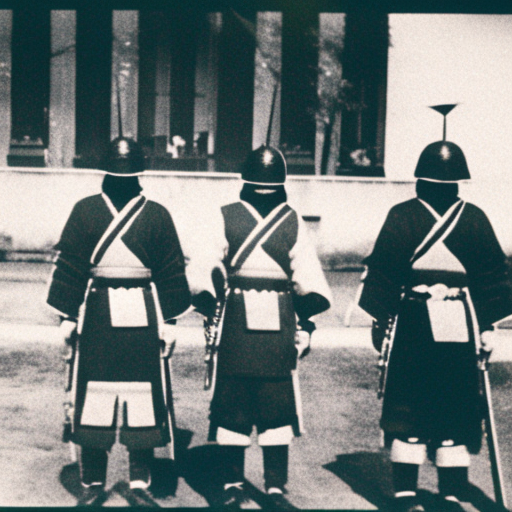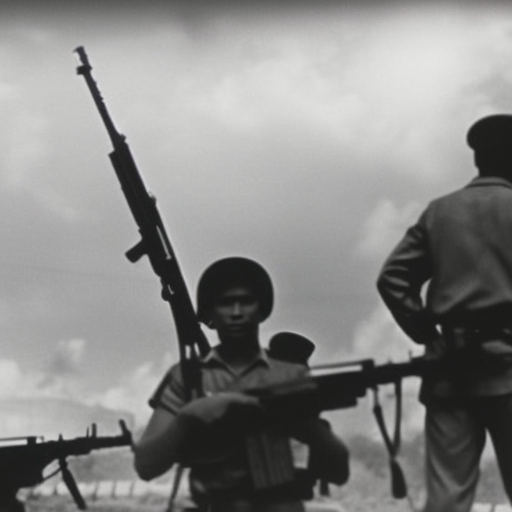The Battle of Plassey (1757)
The Battle of Plassey, fought on June 23, 1757, was a significant event in Indian history that marked the beginning of British colonial rule in India. It was a decisive victory for the British East India Company over the Nawab of Bengal and his French allies. The battle took place near the village of Plassey in present-day West Bengal, India.
Background:
In the mid-18th century, the Mughal Empire was in decline, and regional powers were vying for control over different parts of India. The British East India Company, which had established trading posts along the Indian coast, sought to expand its influence inland. Siraj-ud-Daulah, the Nawab of Bengal, was a powerful ruler who controlled a prosperous region that included present-day West Bengal, Bihar, and Bangladesh.
Causes:
The British East India Company had been granted trading rights in Bengal by the Mughal Emperor, but tensions arose between the Company and the Nawab due to economic and political factors. The Company’s growing influence and its support for local rivals of the Nawab threatened his authority. Additionally, the French, who were competing with the British for control in India, had formed an alliance with the Nawab.
Events leading to the battle:
The British East India Company, under the leadership of Robert Clive, decided to take action against the Nawab. Clive formed an alliance with Mir Jafar, a dissatisfied nobleman in the Nawab’s court, who promised to support the British in exchange for becoming the new Nawab. Clive and his forces marched towards Plassey, where the Nawab had positioned his army.
The battle:
On the day of the battle, the Nawab’s army outnumbered the British forces, but Clive’s troops were better trained and equipped. The British also had the advantage of artillery. However, the key to their victory lay in the treachery of Mir Jafar, who betrayed the Nawab and his French allies during the battle. As a result, a significant portion of the Nawab’s army did not actively participate in the fighting.
Clive’s forces launched a surprise attack on the Nawab’s camp, causing chaos and confusion among the enemy ranks. The British artillery played a crucial role in breaking the Nawab’s defenses. The betrayal of Mir Jafar further weakened the Nawab’s position, and his troops eventually started retreating. The battle ended in a decisive victory for the British, with relatively few casualties on their side.
Aftermath:
The Battle of Plassey had far-reaching consequences for the British East India Company and India as a whole. The victory allowed the Company to establish its political and economic dominance in Bengal. Mir Jafar was installed as the new Nawab, but he remained a puppet ruler under the control of the British. The battle also marked the beginning of the end of Mughal rule in India, as the British gradually expanded their control over other parts of the country.
The Battle of Plassey was a turning point in Indian history, as it paved the way for British colonial rule that would last for nearly two centuries. It demonstrated the military superiority of the British and their ability to manipulate local alliances to achieve their objectives. The battle also highlighted the weaknesses of the Indian rulers, who were unable to unite against the foreign invaders.
In conclusion, the Battle of Plassey in 1757 was a significant event that established British dominance in India. It was a decisive victory for the British East India Company over the Nawab of Bengal and his French allies. The battle marked the beginning of British colonial rule in India and had far-reaching consequences for the region’s political and economic landscape.

